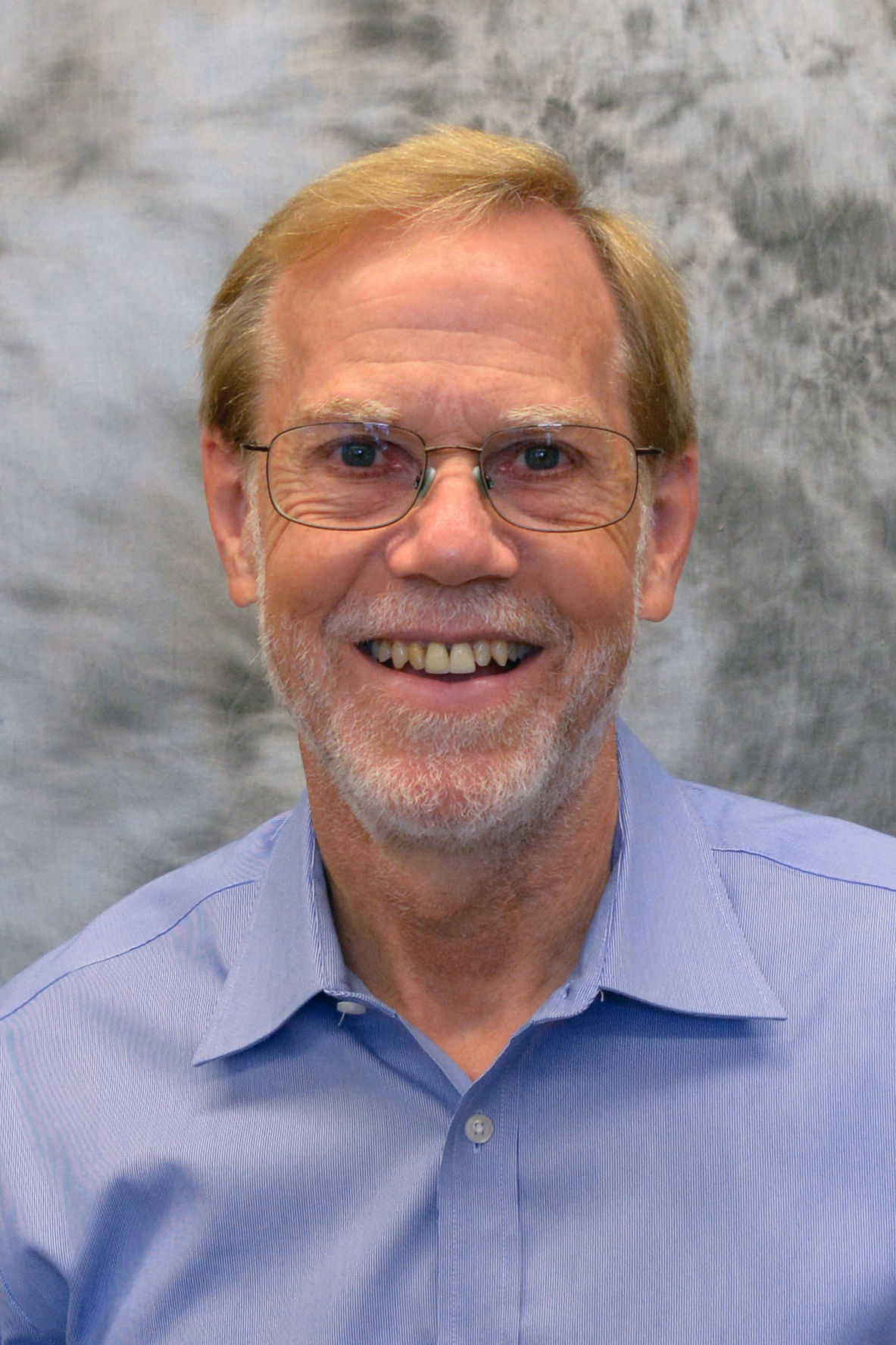The magic of waves
 Dr. John Page, a distinguished professor emeritus with the Department of Physics and Astronomy at the University of Manitoba, will deliver the Faculty of Science’s 2015 Elizabeth R. Laird Lecture on Thursday, Nov. 12.
Dr. John Page, a distinguished professor emeritus with the Department of Physics and Astronomy at the University of Manitoba, will deliver the Faculty of Science’s 2015 Elizabeth R. Laird Lecture on Thursday, Nov. 12.
As leader of his university’s Ultrasonics Research Laboratory, Dr. Page’s research focuses on the properties of waves in complex materials, with one notable outcome being the first unambiguous demonstration of the Anderson localization of classical waves in a 3-D system.
He uses ultrasonic techniques to study a wide range of materials with interesting internal structures, one example being biological materials of importance in food science.
“Waves in complex materials can often behave in strange ways, which continue to fascinate us and enrich our basic understanding of wave physics,” he said. “Examples range from strikingly large variations in wave speeds to the remarkable trapping of waves by disorder.
“Other extraordinary effects include negative refraction, in which waves bend the opposite way to normal, and superabsorption, enabling partial cloaking of objects.”
Ultrasonic techniques are well suited for investigating such phenomena since complete information on how waves travel, or not, can be measured directly in samples with well controlled structures.
His public lecture, titled The Magic of Waves in Complex Media: Using Ultrasonic Spectroscopies to Explore Remarkable Wave Phenomena and Materials, will take place Thursday, Nov. 12, at 7 p.m. in A-1043. Everyone is welcome.
“In this talk I will summarize some of our recent progress in understanding ultrasonic wave transport in both ordered and disordered synthetic materials, such as phononic crystals, metamaterials and “mesoglasses,” where our experiments on carefully designed and fabricated model systems are yielding new insights into how materials can influence and control the fundamental properties of waves,” said Dr. Page.
The results of these fundamental studies on wave behaviour in complex media is aiding the development of new ultrasonic spectroscopic techniques for probing the structure and dynamics of heterogeneous materials, including soft food biomaterials.
A reception will follow the public lecture and parking is available in lot 22.
This lecture marks the 17th Elizabeth R. Laird Lecture hosted by Memorial University. The Laird Lecture was established by a bequest from Dr. Elizabeth Laird, a prominent Canadian physicist who held posts at Yale, Cambridge, Chicago, Mount Holyoke and Western Ontario in the first half of the 20th century.